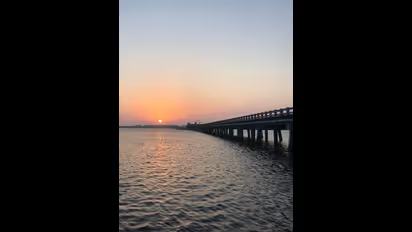Top 10 longest rivers in India: Where does Karnataka's Cauvery rank?
Published : Sep 13, 2024, 05:36 PM IST
India, with its diverse geography, boasts over 200 rivers that are lifelines for agriculture, livelihoods, and civilization. This article explores the lengths of these rivers, including the Cauvery, which sustains many districts in Karnataka and farmers in Tamil Nadu. Discover the journey of the Cauvery from its origin in Talakaveri, Kodagu, to its confluence with the sea in Tamil Nadu.
Explore the latest Lifestyle News covering fashion, wellness, travel, Food and Recipes, and more. Stay updated with trending Health News, fitness tips, and expert insights to inspire your daily living. Discover personalized lifestyle trends that keep you stylish and informed. Download the Asianet News Official App from the Android Play Store and iPhone App Store for everything that adds value to your everyday life.
